(written by Jeff 04/2/2019)
Terms: I'm defining the following terms as follows: (feel free to change these if there is more appropriate terminology)
PITCH : the rotation of the optical axis relative to the floor (assuming the subject's Beta angle is zero or "straight ahead")
ROLL : The rotation of the eyes about the optical axis
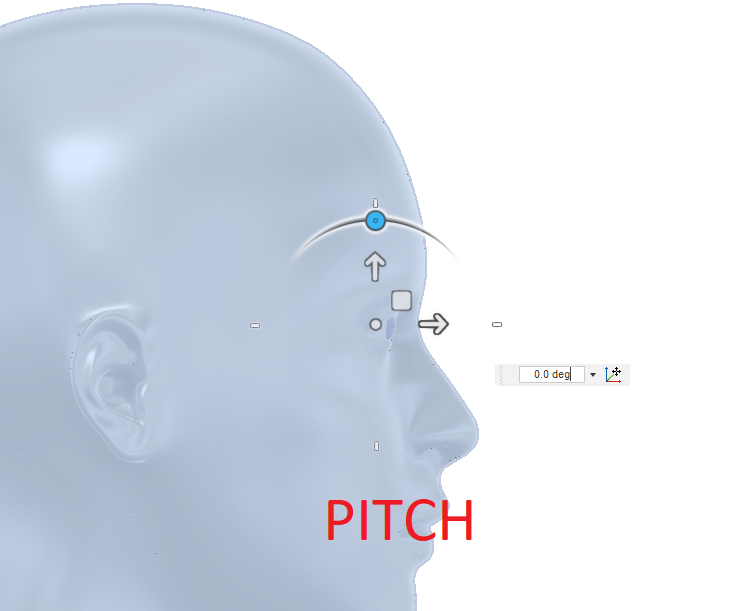
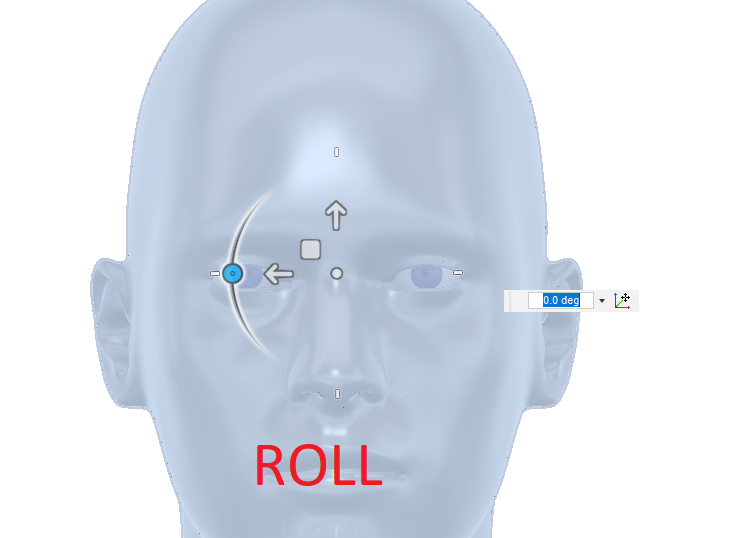
Problem
Current ddpi bite bar is susceptible to the subject rotating their head about about the optical axis (Roll) and rotating by looking up or down (pitch)
- Individual variability in the placement of subject eyes or jaw mean that even a rigid horizontal bite bar won't ensure that the optical axes are at the same level
these will become more pressing issues as we transition to the binocular setup.
Possible Solution
- Make a bite bar in such a way that subject's ocular axes are at the same level
- actively measure the subjects pitch and/roll, advise them to correct their position, and lock the bite bar
Current Design
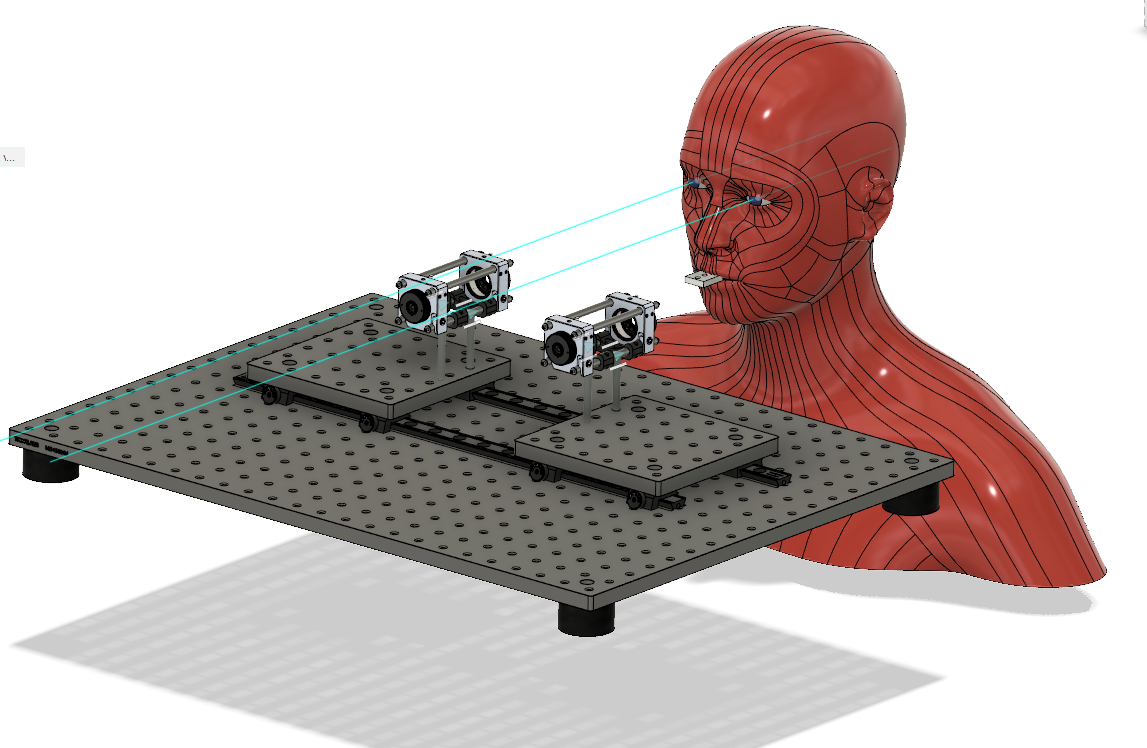
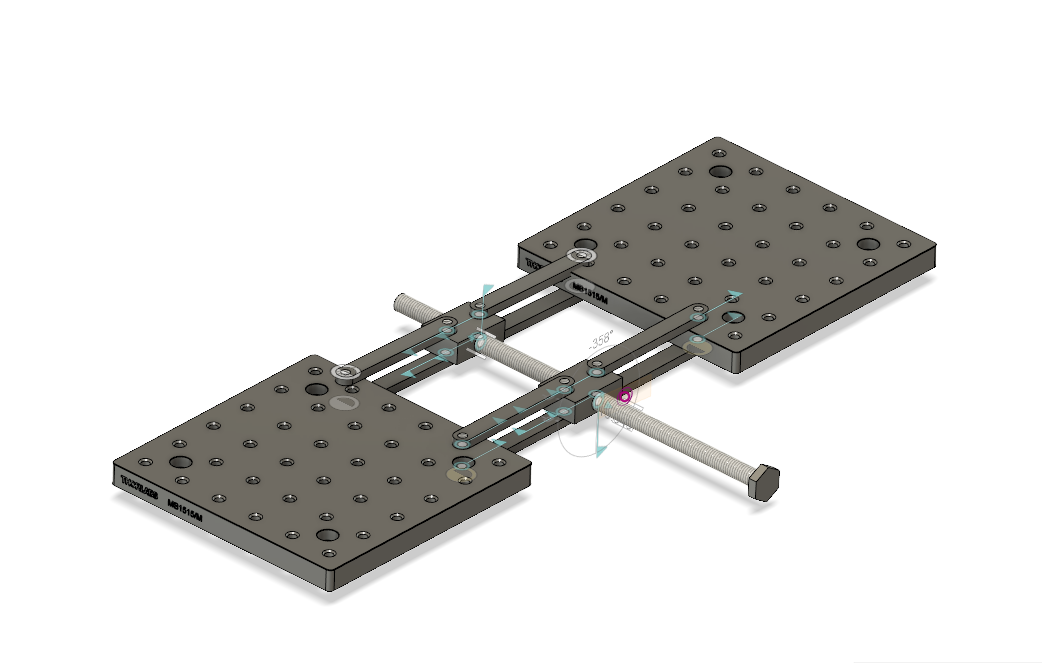
dependent motion
Brainstorming
new bitebar molds
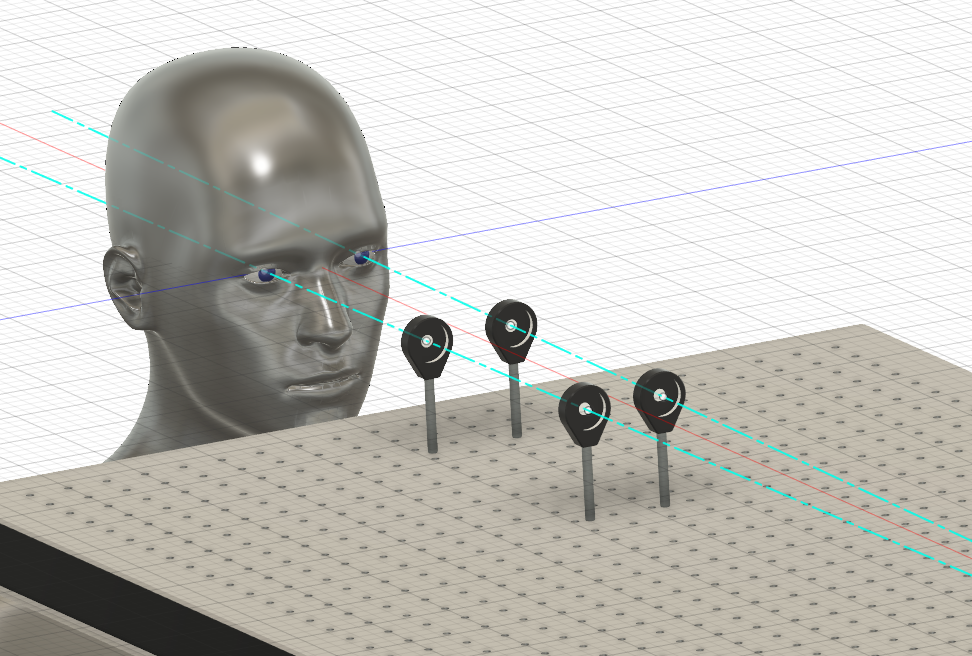
Adjustable Locking Bitebar
Replace the fallible bite bar ball joint with a ratchet and pawl joint, which would move and then could be locked in place with the flick of a switch
Some ways to do this would be:
- movement supported by a two directional pawl and rachet, this would allow the subject to move into the correct horizontal position and then be 'locked' in place like a socket wrench
- more complicated, but easier and quicker
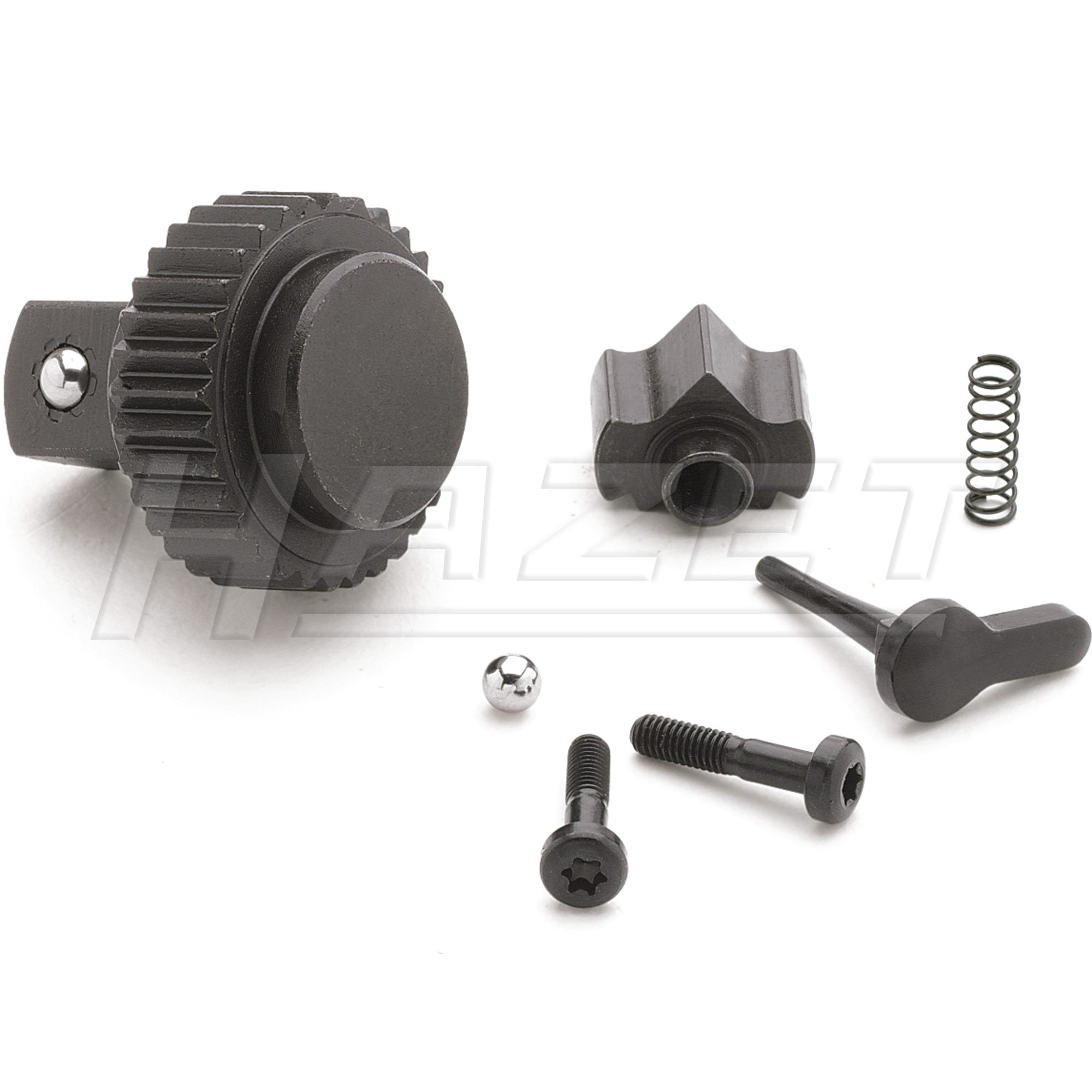
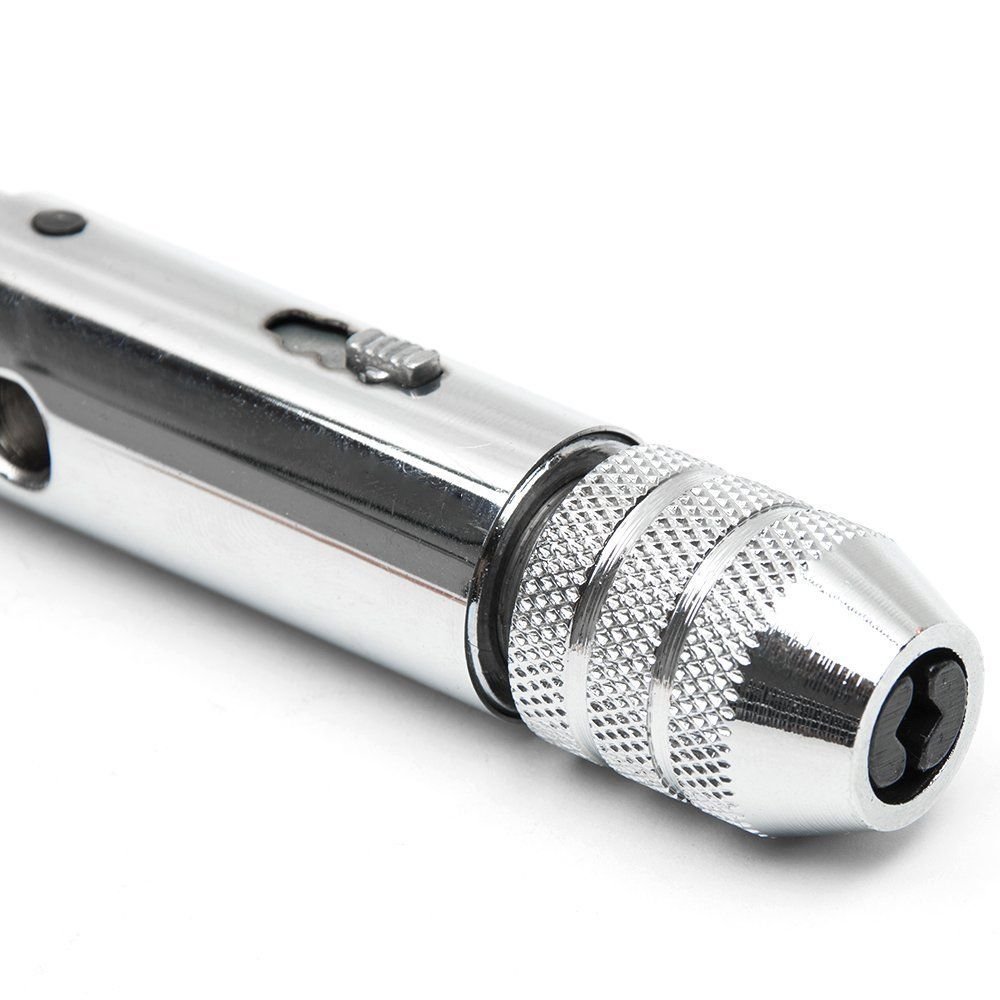
- more complicated, but easier and quicker
- use of bearings and set screws to move and then lock a bearing in place
- super simple, but is more subject to human error
locking methods lockable bearings
An adjustable, yet lockable bitebar might be the easiest effective solution. Especially when combined with automatic measurement or detection like facial landmarks
Actively measuring '''roll''' and '''pitch'''
We can leverage facial landmark algorithms to infer the location of each ocular axis.
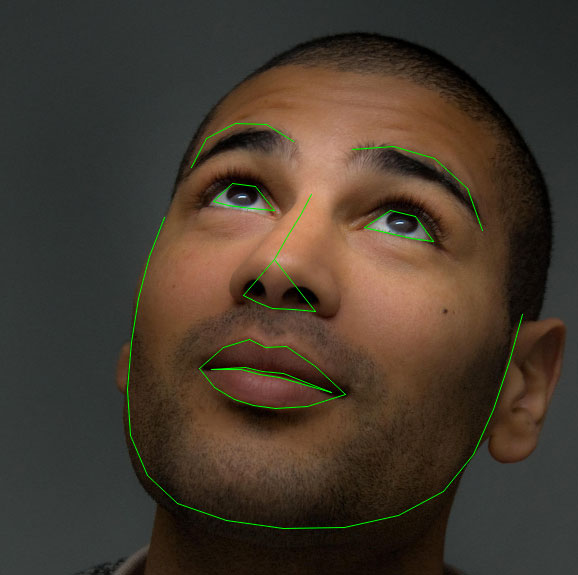
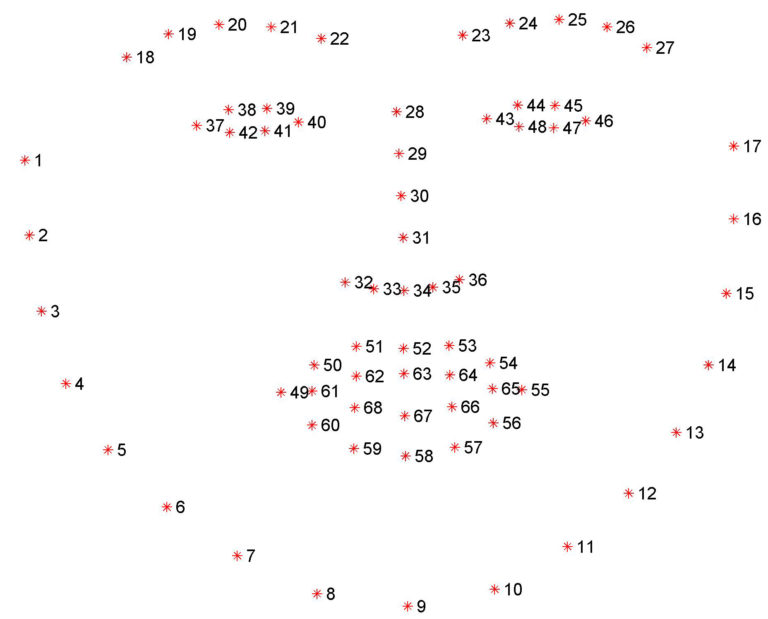
These algorithms can feed us X,Y locations of landmarks around the eyes, which will allow us to infer the central optical axis of each eye. We could then calculate roll and advise the subject to move their head. There are transformations to calculate pitch as well\.
This could be used during the making of a bite bar, or directly prior to the experiment before we lock the bite bar in place.
